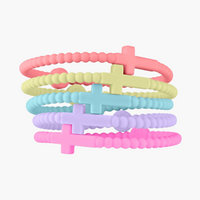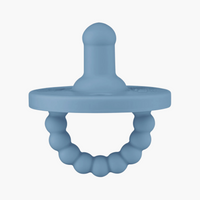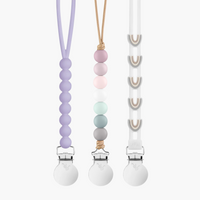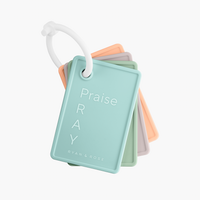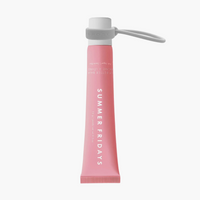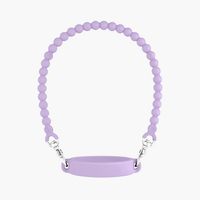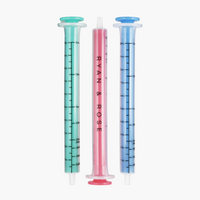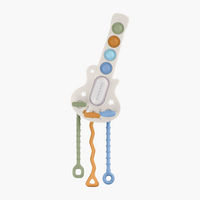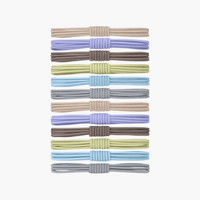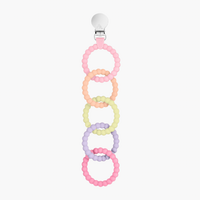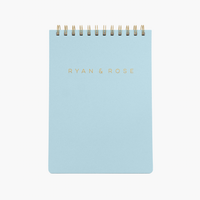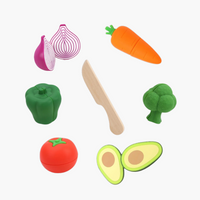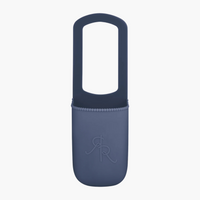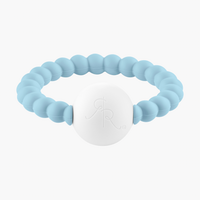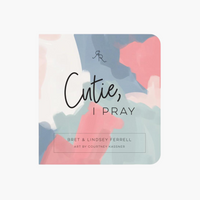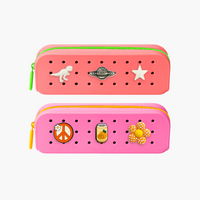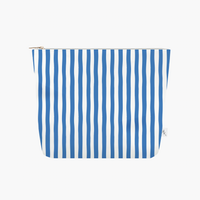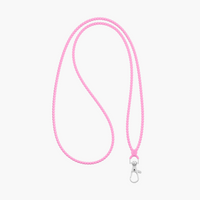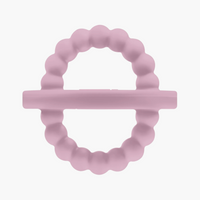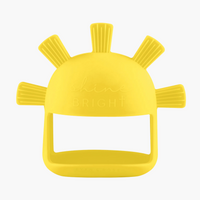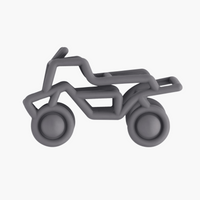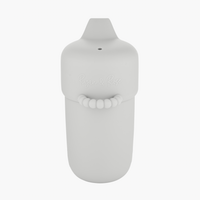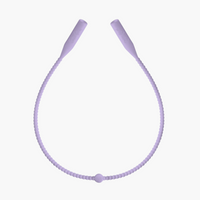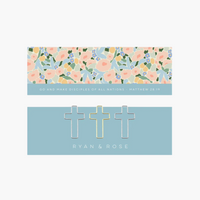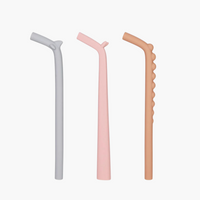
The phrase “baby oral care” may strike up some questions at first mention, as the concept seems odd. After all, babies don’t have any teeth, and when they do, they mostly eat bland, mushy food. The truth is that babies need their teeth and gums cleaned consistently, regardless of diet or age. If their teeth aren’t cleaned often, babies can get oral thrush, mouth sores, and cavities! If you want to put your little cutie on the path to good oral health, let’s review how to care for your baby’s teeth and gums.
Start Oral Care Early
You can start your baby’s oral care routine as soon as they’re at home and settled. This is the perfect time to start getting them used to the routine and expose them to the feeling of getting their gums cleaned. Remember, everything is still very new for them, so not every baby will be thrilled about this. Be prepared for some initial wiggling and/or fussing, but the earlier you start, the easier it’ll be later.
Wipe Their Gums Twice a Day
Just like we brush our teeth twice a day, babies need their gums cleaned twice daily, once in the morning and once at night. Fortunately, it’s simple to do. All you need is a clean washcloth or gauze and a little bit of water. Gently dampen your cloth of choice and run it along the inside and outside of their gums, top and bottom.
Don’t Put Them to Bed With a Bottle
Virtually everything we eat and drink has some form of sugar in it. Sugar is what the tiny natural bacteria in our mouths eat and secrete, creating an acid that erodes the enamel. While it’s not inherently bad for you, you certainly don’t want to keep feeding the bacteria or leave it in there for long. If you leave your baby with a bottle of milk or some juice, that sugar, bacteria, and subsequent acid will sit in there for the entire night.
Give Them Plenty of Water
Babies can start drinking straight water at about 6 months old, and giving them water is a great way to naturally flush out the sugar and bacteria in their mouths.
Remember, the goal is to leave as little sugar in the mouth as possible so cavity-causing bacteria have less food to eat. Plus, if your baby can’t go to bed without a bottle, giving them water instead can satisfy the need without putting their teeth at risk of decay. However, milk should be their main beverage until they reach a year old. If you notice they start wetting their diapers more than usual, you may want to cut back a little on the water.
Clean Pacifiers and Teething Toys
You’ve likely seen or smelled a dirty pacifier or teething ring, and it is not a great scent! Cleaning these items is easy—most individual cleaning instructions for items are provided by the companies! For most items, all you have to do is throw them in a pot of boiling water for about three minutes. Once they’re dry and cooled off, your baby can safely enjoy them again without the risk of adding more bacteria to their mouth.
Sterilize Bottles and Eating Utensils
Just as you should clean your baby’s teething toys and pacifiers, you need to clean their bottles and eating utensils. You can usually use the same method you would to clean their teething toys, but you can also use a baby bottle electric sterilizer if you need something more convenient. As an added bonus, many of these steam sterilizers double as dryers. So you can go about your day while they get clean.
Clean New Teeth Twice a Day
Once teeth start to erupt, it’s time to break out the soft-bristled baby toothbrush! Ideally, the brush should have no more than three rows of bristles, and if a toothbrush is too much to handle, you can use a finger brush instead. Simply dampen the brush, put a small smear of fluoride toothpaste on the bristles, and gently brush their teeth in tiny circles. They’re likely not old enough to spit it out on their own, so just take a dry piece of gauze and wipe off the excess. This way, the fluoride stays on their teeth, and they won’t swallow the toothpaste.
Floss Teeth That Touch
Once your baby starts to grow teeth that touch each other, the teeth will need to be flossed. Even if you don’t notice food stuck between them, there’s likely some left over, or at least a bit of bacteria, between them. Regular dental floss will do. Gently drag the floss up and down rather than back and forth. This may seem like an extra, unnecessary step. But keep in mind that healthy baby teeth will affect your baby’s speech and language development as well as the overall alignment of their adult teeth. The more effort you put into protecting their teeth today, the more thankful they’ll be for it in the future.
Learn the Signs of Tooth Decay
Many children get cavities before their permanent teeth come in, so learning to identify the signs of tooth decay can help you stop the rot in its tracks. Typically, you’ll first see a white, chalky patch on the tooth. Over time, this spot will turn brown, then black once the cavity has advanced. The front teeth are the most commonly affected, as these teeth come into contact with juice and formula the most.
Now that you’re a pro at caring for your baby’s teeth and gums, your little cutie is already on their way to building healthy oral care habits. Exposing them to brushing and flossing early on will make it much easier for them to get into the routine of brushing their teeth when they’re old enough.
If you’re struggling through the teething phase and need teethers that are durable, safe, and easy to clean, shop Ryan & Rose Co.’s collection of baby teethers. Since our teethers are made of food-grade silicone and free of latex, PVC, and BPA, you can feel confident that your baby’s teeth are soothed and safe.




